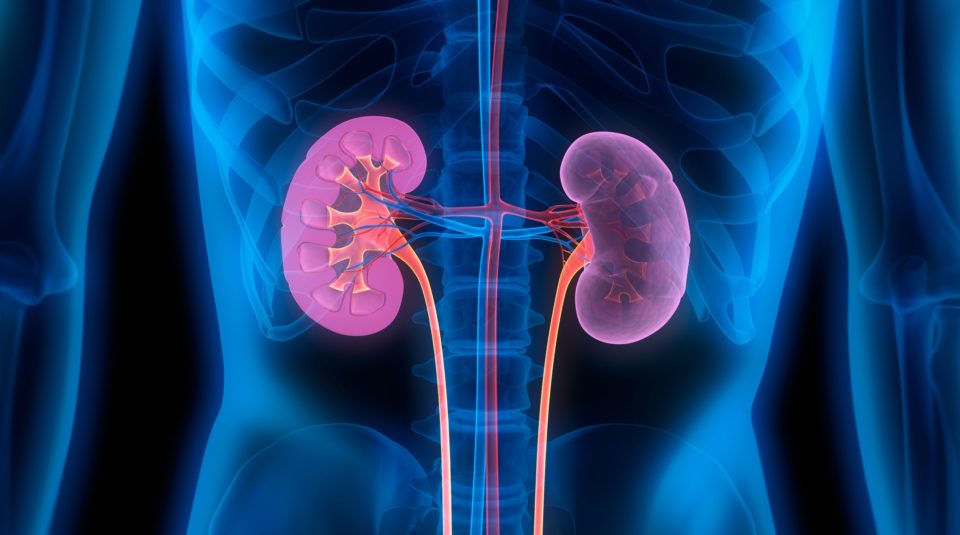
The United Network for Organ Sharing (UNOS) implemented guidelines regarding simultaneous liver-kidney transplant in 2017. The guidelines included medical eligibility criteria as well as a safety net that provided prioritization on the kidney transplant waiting list for patients with early and persistent renal failure following liver transplant.
According to C. Jay and colleagues, because living donor rates are lower among African American patients, access to kidney after liver transplant is key to understanding the efficacy of the safety net. Due to limited data evaluating racial disparities in access following implementation of the safety net, the researchers conducted an analysis to compare early kidney after liver transplant and simultaneous liver-kidney transplant in a post-MELD (model for end-stage liver disease score) cohort. Results of the analysis were reported during a poster session at the virtual American Transplant Congress 2020 in a poster titled Comparing Early Kidney after Liver Transplant (KALT) and Simultaneous Liver-Kidney Transplant (SLK): Evaluating Racial Disparities. Will Everyone Have the Same “Safety Net”?
UNOS national data were used to compare adult recipients of simultaneous liver-kidney transplant and early kidney after liver transplant patients who underwent whole deceased donor liver transplant from 2002 to 2008. Early kidney after liver transplant was defined as 60 to 365 days between liver transplant and subsequent kidney transplant reflecting safety net criteria. Patient survival following liver transplant was compared according to race including adjustment for recipient age, sex, body mass index, MELD score, medical condition at transplant, prior liver transplant, diabetes, renal function, and kidney donor KDPI (kidney donor profile index) score.
The researchers identified 6774 simultaneous liver-kidney transplants and 120 early kidney after liver transplants (77% deceased donor). For simultaneous liver-kidney transplant, 16% were African American recipients and 17% were Hispanic; however, only 7% of African American patients and 9% Hispanic patients were early kidney after liver transplant recipients (P<.001). After excluding living donors, the decreased proportion remained significant (deceased donor in early kidney after liver transplant: white 78%; African American 8%; Hispanic 11% vs simultaneous liver-kidney transplant: white 63%, African American 16%, Hispanic 17%; P=.002).
Based on recipient race, there were small but statistically significant differences in the KDPI score of simultaneous liver-kidney transplant donors: white, KDPI 38%; African American, 26%; Hispanic, 40% (P=.007). Differences were larger for deceased donor early kidney after liver transplant, but not statistically significant: white, 48%; African American, 58%; Hispanic, 49% (P=.43).
There were no significant differences in survival according to recipient age for early kidney after liver transplant. Unadjusted and adjusted survival among African Americans was worse after simultaneous liver-kidney transplant (adjusted hazard ratio [aHR], 1.23; 95% confidence interval [CI], 1.08-1.39). Following adjustment for KDPI and recipient factors, Hispanics had improved survival after simultaneous liver-kidney transplant (aHR, 0.86; 95% CI, 0.76-0.98).
“During this time, there was a lower proportion of African American and Hispanic patients undergoing early kidney after liver transplant even after excluding living donation. Higher KDPI predicted lower survival after simultaneous liver-kidney transplant, and there were minor differences in KDPI according to recipient race for simultaneous liver-kidney transplant and early kidney after liver transplant. Early kidney after liver transplant survival did not differ according to race, but African American patients had worse survival following simultaneous liver-kidney transplant after adjusting for recipient factors,” the researchers said.
Source: Jay C, Stratta R, Washburn W, et al. Comparing early kidney after liver transplant (KALT) and simultaneous liver-kidney transplant (SLK): Evaluating racial disparities. Will everyone have the same safety net? Abstract of a poster presented at the virtual American Transplant Congress 2020 (Abstract LB-019), May 30, 2020.





 © 2025 Mashup Media, LLC, a Formedics Property. All Rights Reserved.
© 2025 Mashup Media, LLC, a Formedics Property. All Rights Reserved.